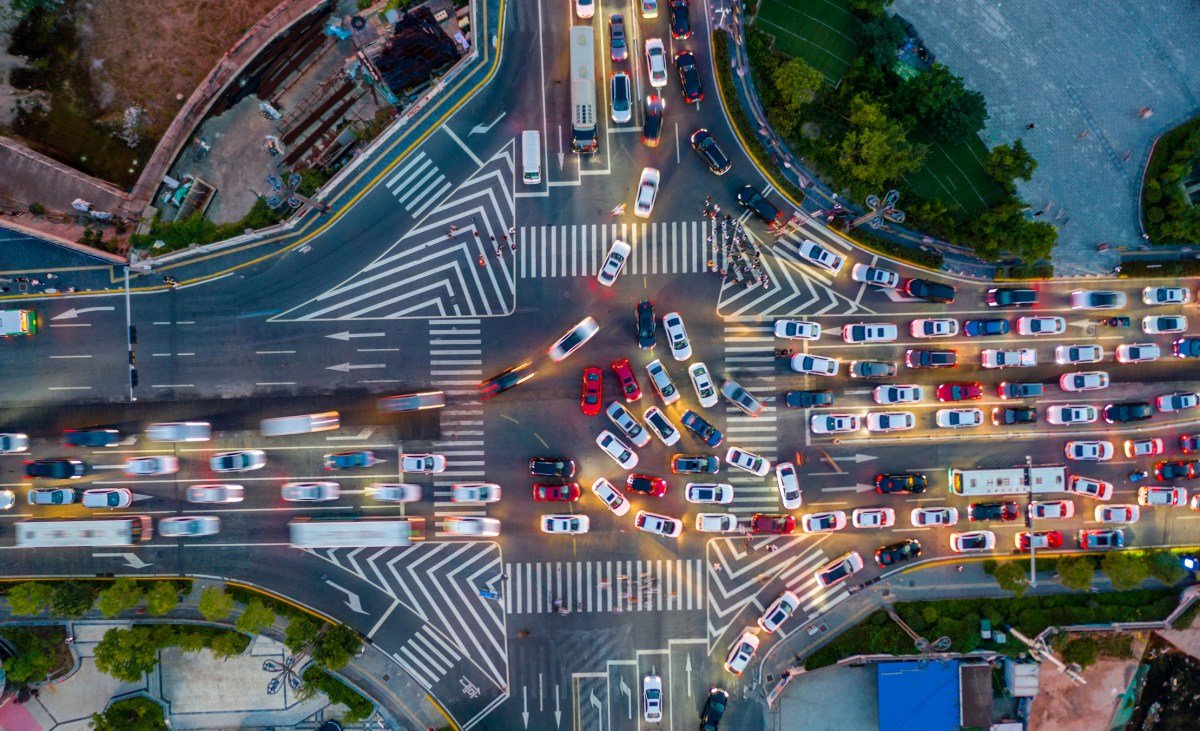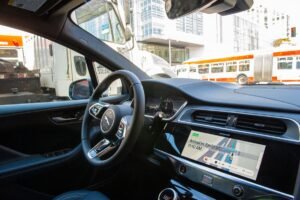When considering the advancement of cutting-edge technologies, the Chinese government takes a more practical approach to policymaking. In the realm of autonomous driving, the nation has made significant progress in defining the parameters and limitations for service providers, eliminating regulatory uncertainty and granting industry players the freedom to test this emerging technology.
The Chinese Ministry of Transport has recently revealed a set of trial guidelines for autonomous vehicle services, including robotaxis, self-driving trucks, and robobuses. This release comes 16 months after the department began soliciting public opinions on the regulatory framework.
Prior to the release of these nationwide guidelines, policymaking for autonomous vehicles has been more decentralized, with local governments creating their own rules for service providers within their jurisdiction. Tech hubs such as Beijing, Shenzhen, and Guangzhou have been at the forefront of allowing companies to test autonomous vehicles with minimal human interference.
There are a few notable points from the new guidelines, and a closer examination reveals some intriguing differences between the perspectives of Chinese and U.S. regulators regarding this cutting-edge technology.
- The regulations specify that autonomous vehicles, regardless of their level of automation, can only operate within designated areas.
- The guidelines state that autonomous buses should run in enclosed spaces or on roads with simple conditions, while robotaxis are permitted to operate under controlled and safe traffic conditions.
- Robo trucks have the most explicit restrictions, limiting their operation to point-to-point highways or areas with good traffic conditions.
In addition to obtaining permits for their autonomous vehicles, operators must also obtain the necessary licenses required for public transportation service providers. AVs must also be clearly labeled to alert other drivers on the road.
The guidelines only mention software once, mandating that over-the-air upgrades must adhere to regulations from the Ministry of Industry and Information to ensure safety.
The rules also outline the requirements for safety operators at various levels of automation. Autonomous cargo trucks must have in-car safety operators, while robotaxis with advanced automation require one in-car safety operator. Fully autonomous robotaxis can be monitored by remote safety operators, who must not oversee more than three vehicles at a time, and are only permitted in certain areas.
In contrast to U.S. regulators, who require AV operators to report accidents, China takes a more proactive, surveillance-based approach. According to the guidelines from the Ministry of Transport, AVs must continuously monitor and store their status data, as well as transmit it in real-time to both service providers and local regulatory authorities. This includes establishing agreements with vehicle manufacturers and safety operators to define each party’s responsibilities.
But what specific information do regulators expect to receive in the event of an accident? The rules state that AVs must have at least 90 seconds of recorded event data, including the vehicle’s license plate number, control mode, location, speed, acceleration, and direction. It must also provide details on the car’s perception of its surroundings and its response, signal status, a 360-degree camera view, and potential malfunction diagnoses.
Notably, the data must also include in-car video and audio recordings of driver behavior and human-machine interaction. In comparison, companies like Cruise and Waymo only record videos and activate audio recordings during live support calls. This audio requirement may not come as a surprise, as popular Chinese ride-sharing apps, such as Didi, already require continuous in-car recordings for safety purposes – a measure that has sparked concerns over passenger privacy.








